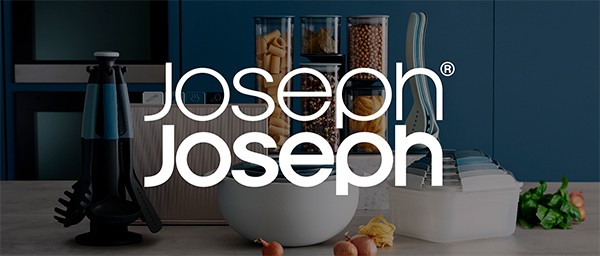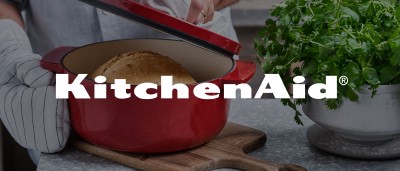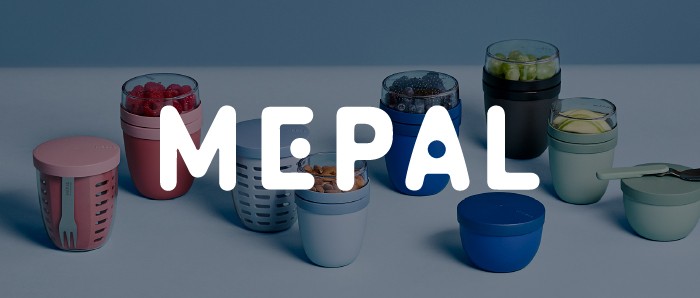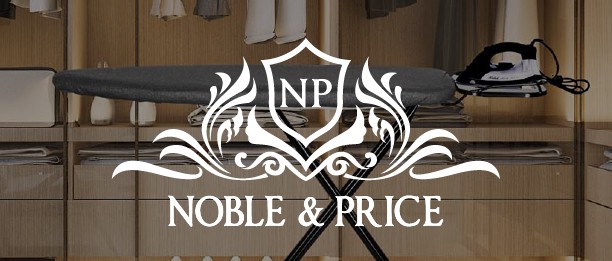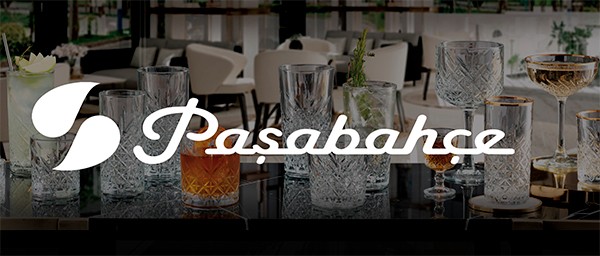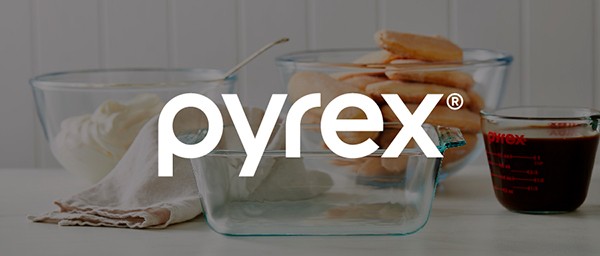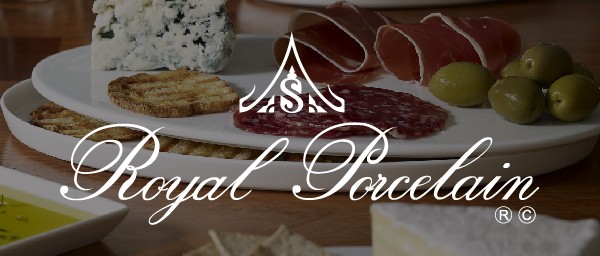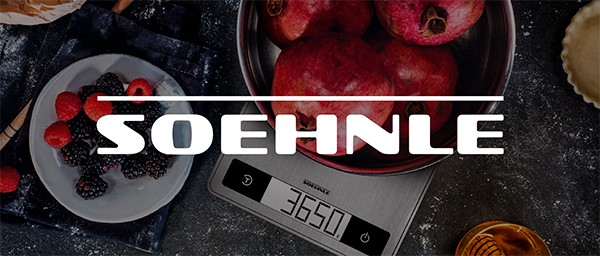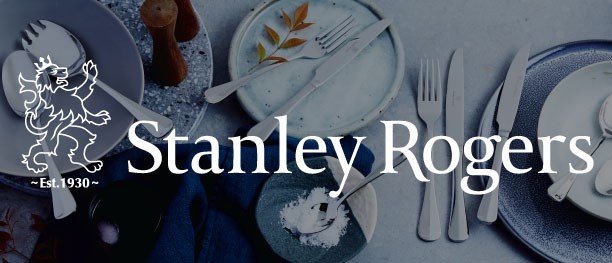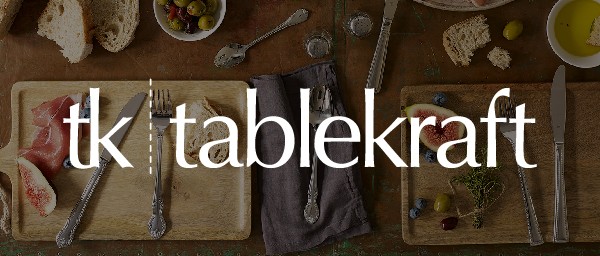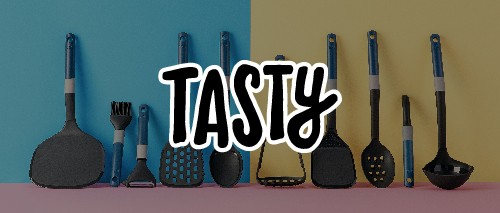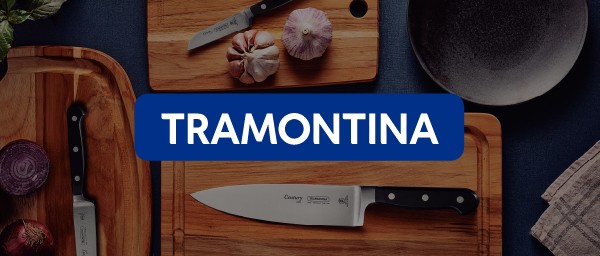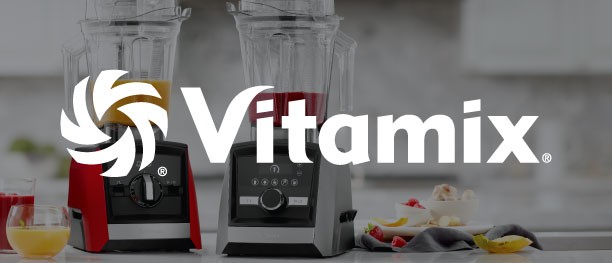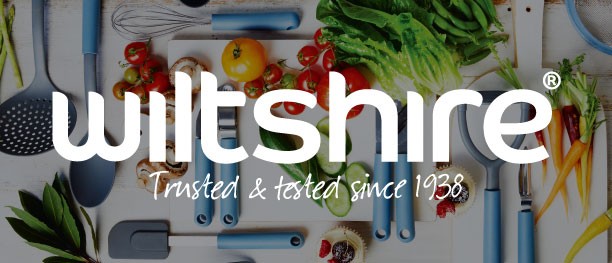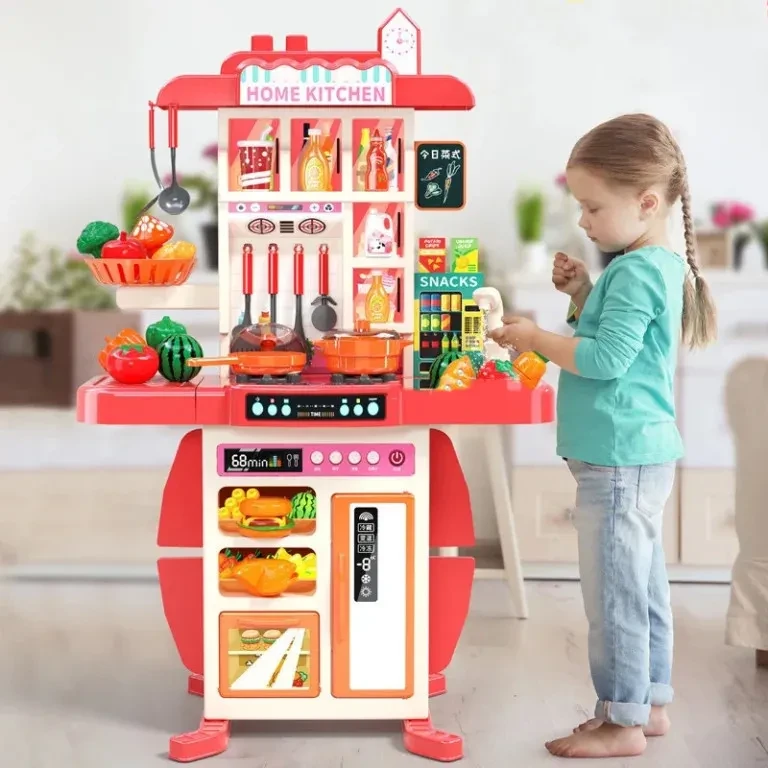
Play Kitchen
Product information:
Material:Plastic
Style:Fashion Simple
Features:Sound and light
Colour:pink,blue
Height:95CM
Packing list:
Play House Toys *1 Set
Product Image:
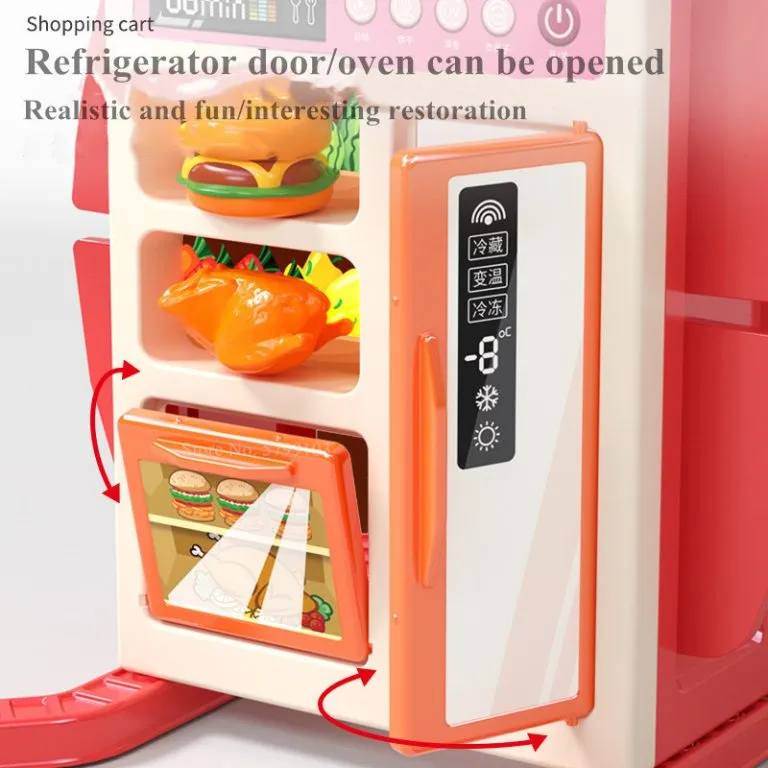
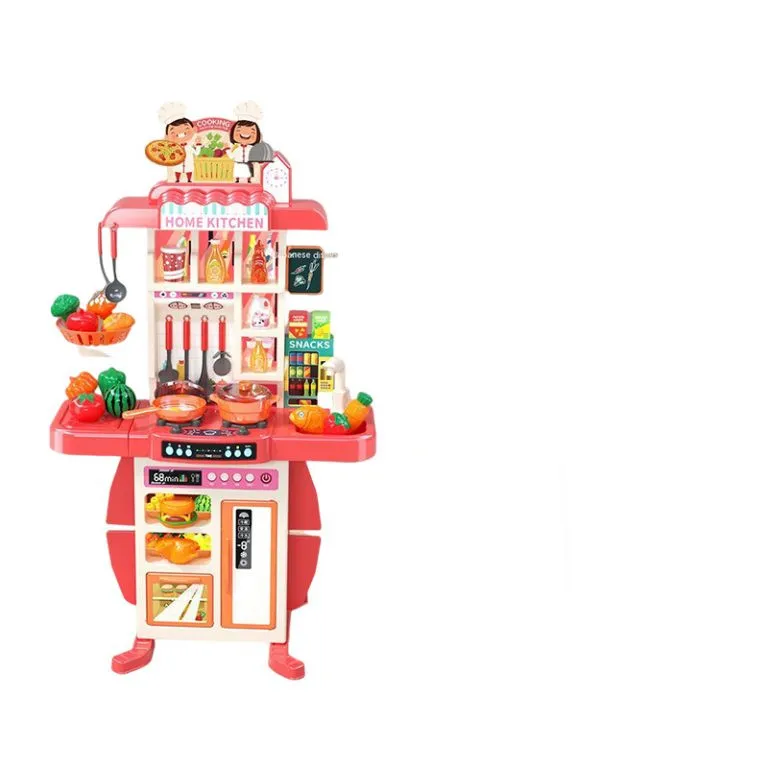
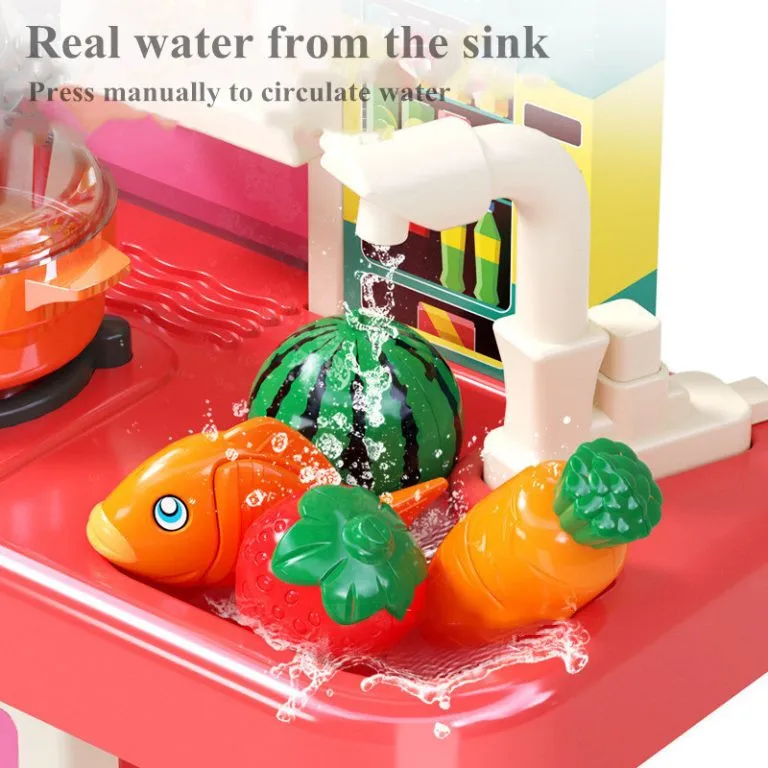
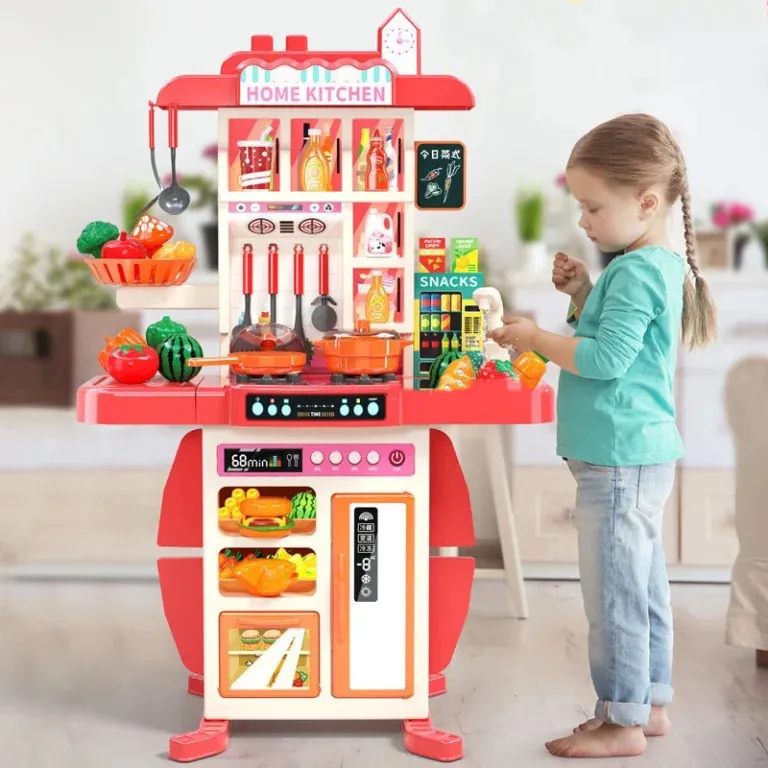
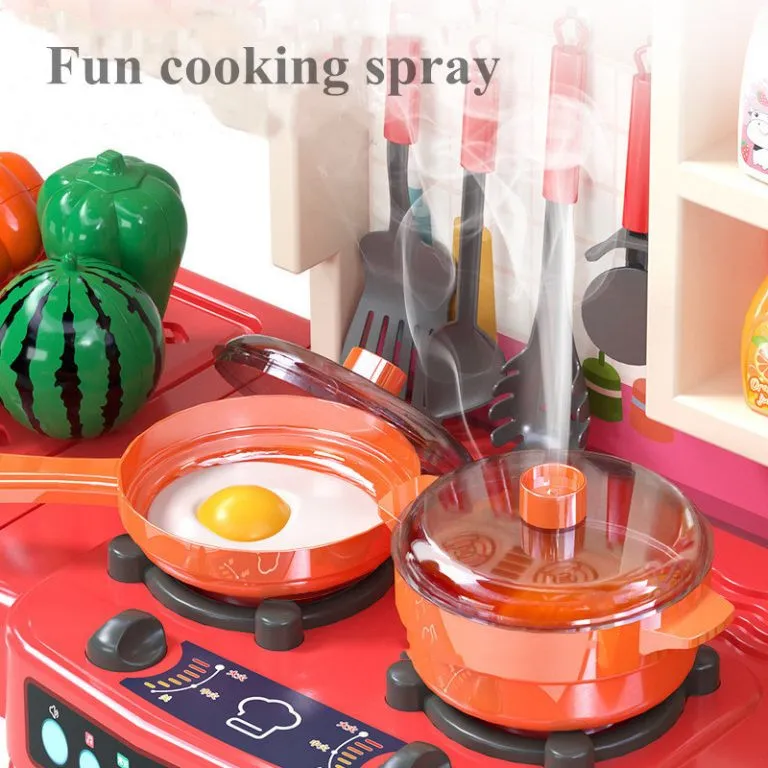
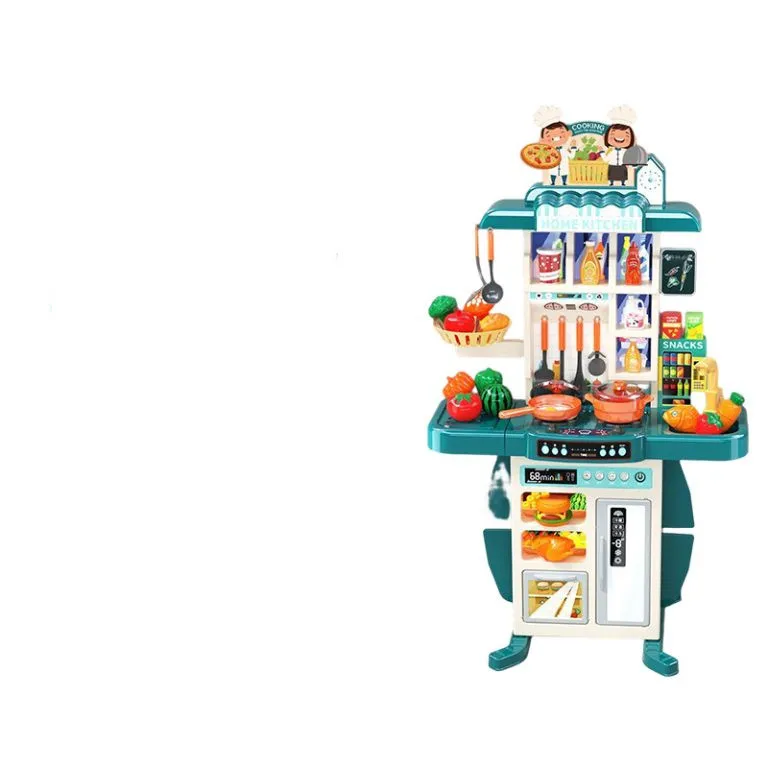
H1: Play Kitchen – The Ultimate Toy for Fun and Imagination
H2: What is a Play Kitchen?
A play kitchen is a toy designed to mimic the functionality of a real kitchen, allowing children to pretend to cook, clean, and serve food. These miniature kitchens are equipped with various features like stoves, ovens, sinks, and refrigerators, as well as utensils and food accessories, providing endless hours of imaginative play. Play kitchens are ideal for fostering creativity, developing motor skills, and encouraging social interaction as children role-play and mimic real-life kitchen activities.
Available in various designs, sizes, and styles, play kitchens can be made of wood, plastic, or metal and come with a variety of accessories and play options. Perfect for toddlers and young children, play kitchens can be set up in playrooms, bedrooms, or even backyards, making them a fantastic addition to any child’s play space.
H2: Why Choose a Play Kitchen?
H3: Encourages Imaginative Play
One of the most significant benefits of a play kitchen is its ability to spark imaginative play. Children love to mimic the actions they see in everyday life, and a play kitchen provides them with the opportunity to do just that. Whether they're preparing a pretend meal or hosting a tea party, the possibilities are endless, allowing for hours of creative fun.
H3: Develops Important Skills
Playing with a kitchen set helps children develop essential life skills. These include:
-
Motor Skills: Children practice their fine and gross motor skills as they interact with the kitchen's components, such as
opening doors, turning knobs, and stacking food.
-
Social Skills: Play kitchens encourage social interaction, whether it’s playing alone or with others. Children learn how to
share, cooperate, and take turns while role-playing cooking scenarios.
-
Problem-Solving: The process of planning meals, following pretend recipes, and organizing play food develops children’s
cognitive skills and ability to solve problems creatively.
H3: Promotes Social and Cooperative Play
A play kitchen is a great way for siblings, friends, or even parents to play together. Children often invite others to join in the fun, whether it's pretending to cook a meal or hosting a party. This cooperative play fosters collaboration, communication, and teamwork, essential aspects of childhood development.
H3: Safe and Engaging Play Option
Play kitchens are designed with safety in mind, offering children a safe environment to explore cooking activities without the danger of real kitchen equipment. The pretend play features of a play kitchen ensure that children can enjoy hours of fun while parents have peace of mind knowing their little ones are playing safely.
H2: Key Features of a Play Kitchen
H3: Realistic Design and Features
Many play kitchens are designed with realistic features like stovetops, ovens, microwaves, and dishwashers, which mimic the look and function of real kitchen appliances. These realistic elements add authenticity to the play experience, making it even more engaging for children. Some kitchens come with light and sound effects, such as sizzling or boiling noises, which enhance the realism of the play experience.
H3: Quality Construction
Play kitchens come in a range of materials, with wooden and plastic versions being the most popular. Wooden kitchens are durable, sturdy, and often have a more traditional, timeless appeal. Plastic kitchens are lighter, often easier to assemble, and come in various colors and designs. Many high-quality play kitchens are built to withstand years of play, making them an investment in long-term fun.
H3: Accessories and Play Food
To make the kitchen even more engaging, many play kitchens come with a variety of accessories, such as pots, pans, plates, utensils, and pretend food items like fruits, vegetables, and pastries. These accessories allow children to role-play cooking, serving, and cleaning, enhancing the play experience and offering opportunities to learn about different food groups and meal preparation.
H3: Compact and Easy to Store
While some play kitchens are large and feature multiple components, many are compact and easy to store. These smaller kitchens can fit into smaller spaces like playrooms or bedrooms, making them perfect for homes with limited room. Some models even include storage space for kitchen accessories, helping to keep everything organized.
H2: How to Use a Play Kitchen
H3: Creative Cooking and Meal Prep
The most common use of a play kitchen is for pretending to cook. Children can mimic their parents by "baking" in the oven, "boiling" water on the stove, and preparing "meals" for family or friends. This allows children to practice following instructions, developing motor skills, and learning basic concepts of food preparation.
H3: Hosting a Tea Party or Family Meal
A play kitchen is a great tool for hosting imaginative tea parties, family meals, or pretend dinner parties. Children can invite their friends, dolls, or even their parents to sit at the table and enjoy a pretend meal, using their play kitchen to "serve" the food they've prepared. This type of role-playing teaches social skills and helps children learn about sharing and hospitality.
H3: Cleaning Up After Cooking
In addition to cooking, children can also role-play cleaning up in the kitchen. Play kitchens often come with accessories such as pretend cleaning supplies or dish racks, allowing children to learn about responsibility and organization. This also helps them understand the importance of keeping their environment clean.
H2: Why Play Kitchens Are Perfect for New Zealand Families
New Zealand families love spending time together, whether it’s indoors during a rainy day or outdoors in the sunshine. Play kitchens are the perfect indoor activity for engaging children in creative play. They also offer opportunities for multi-generational play, where parents and grandparents can join in on the fun, teaching children about the kitchen and food preparation.
Moreover, as New Zealand is known for its strong values around sustainability and environmental responsibility, many play kitchens are made from eco-friendly materials, ensuring that children can have fun while promoting green living.
The product may be provided by a different brand of comparable quality.
The actual product may vary slightly from the image shown.
Shop amazing plants at The Node – a top destination for plant lovers


.png)



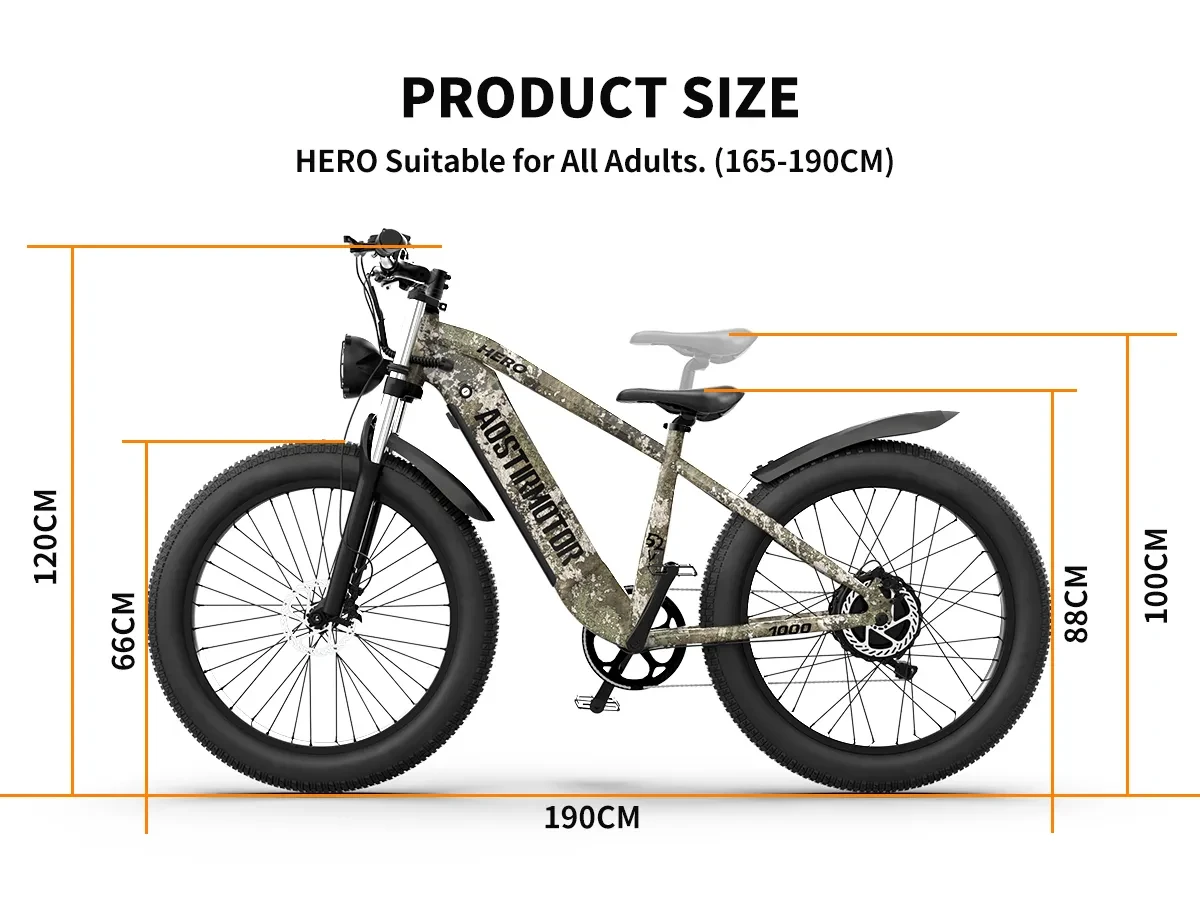
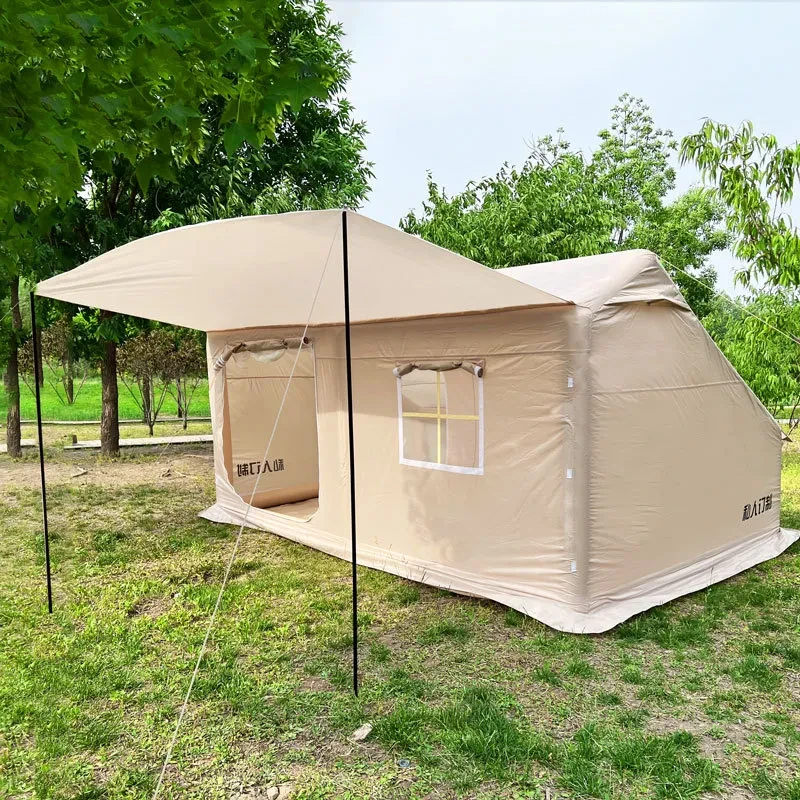
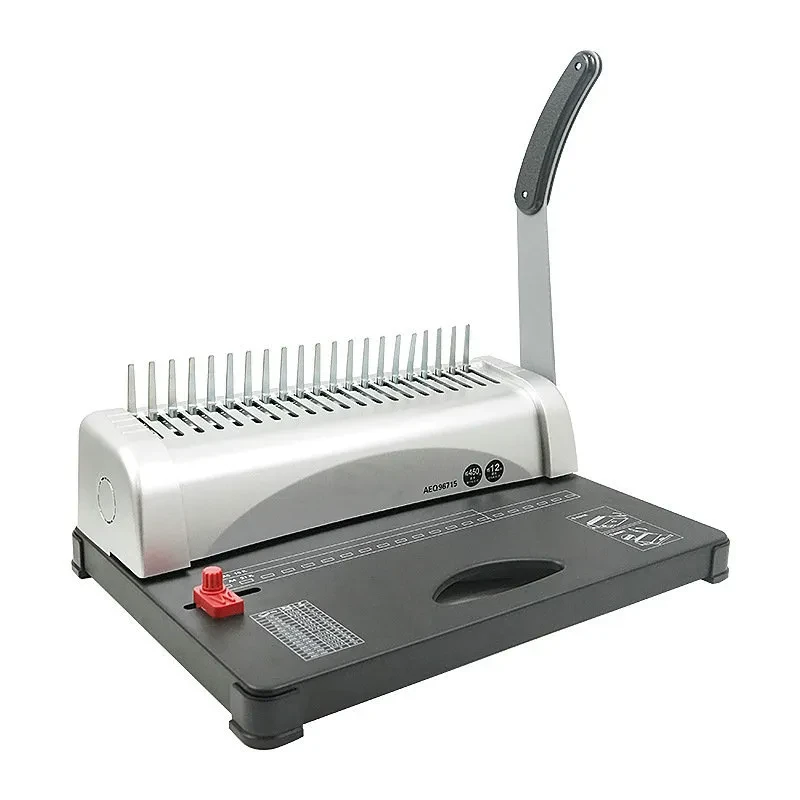
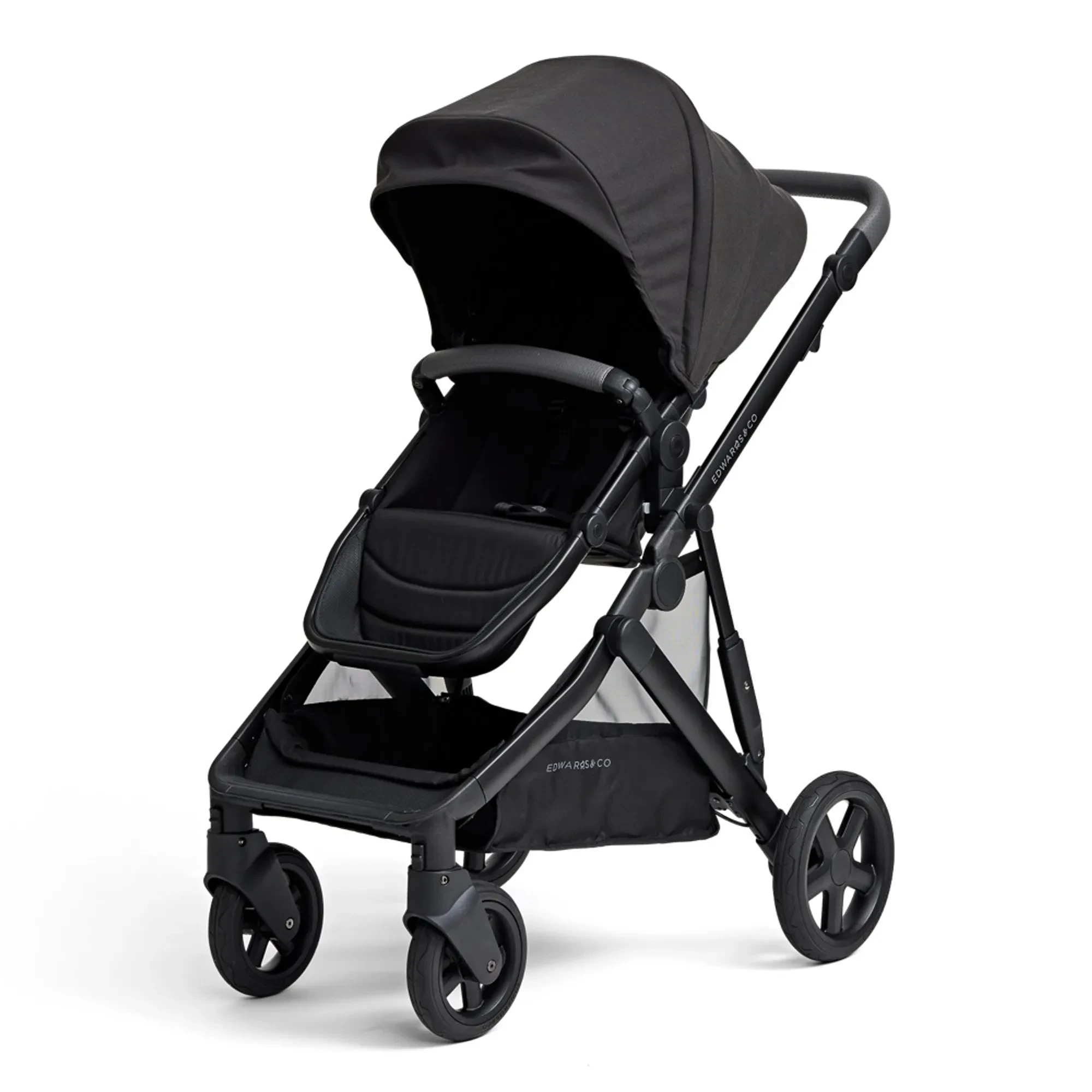
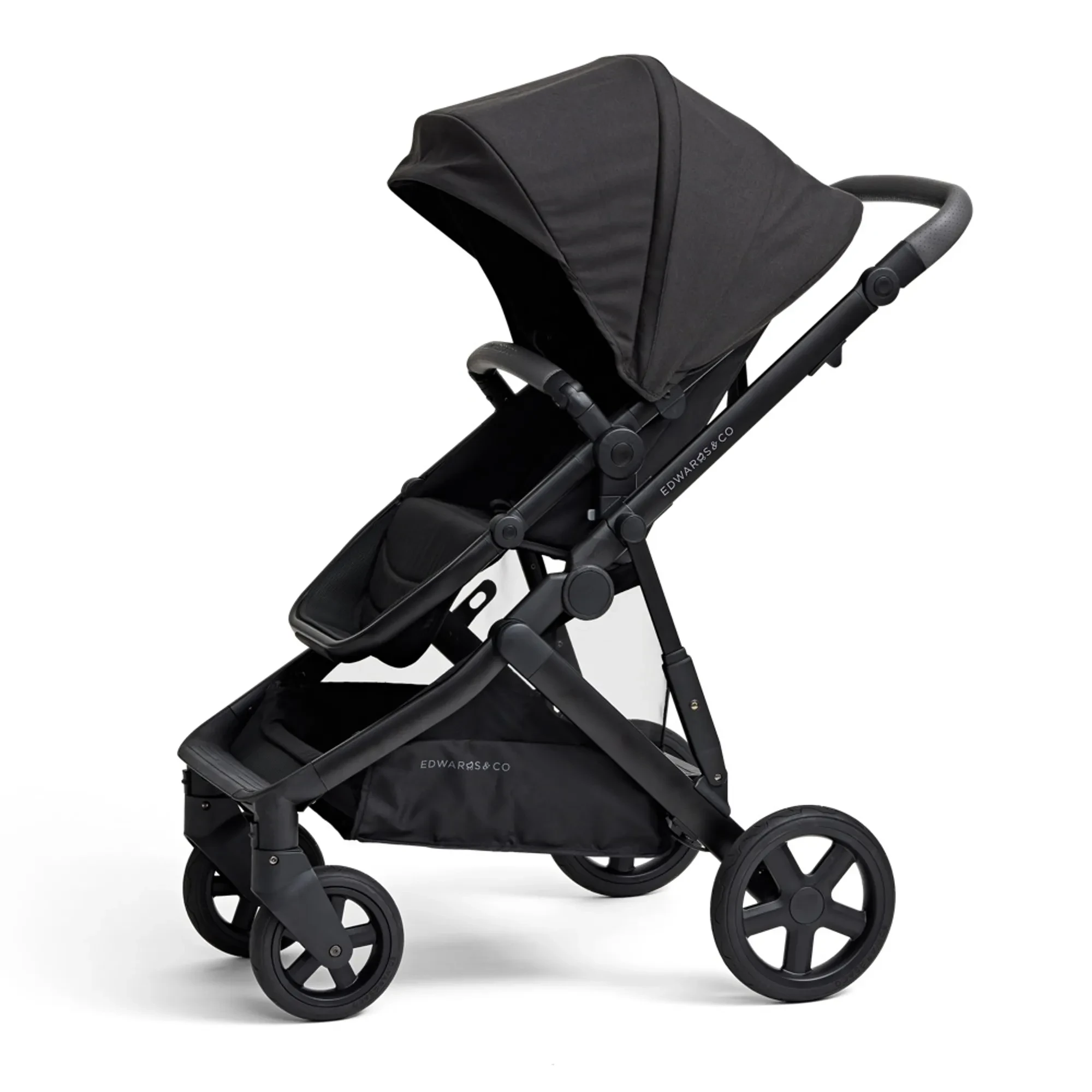
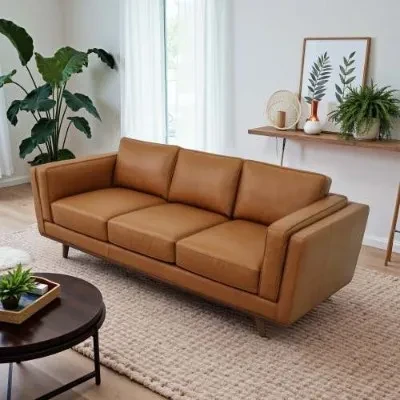


.jpg)







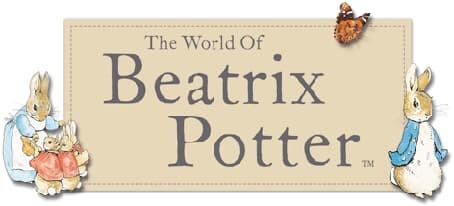

.jpg)





.jpeg)





.jpeg)



.jpeg)








.jpeg)



.jpeg)

.jpeg)

.jpeg)

.jpeg)




.jpeg)
.jpg)

.jpeg)






.jpeg)
.jpeg)




.jpeg)





.jpeg)


.jpeg)

.jpeg)

.jpeg)

.jpeg)







.jpeg)
.jpeg)
.jpeg)





.jpeg)

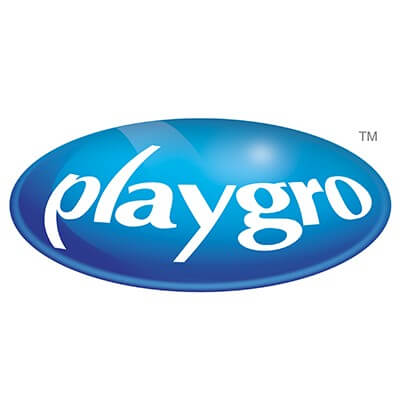

.jpeg)


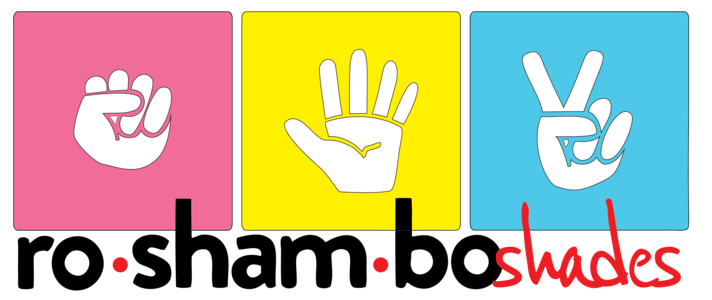



.jpg)
.jpeg)








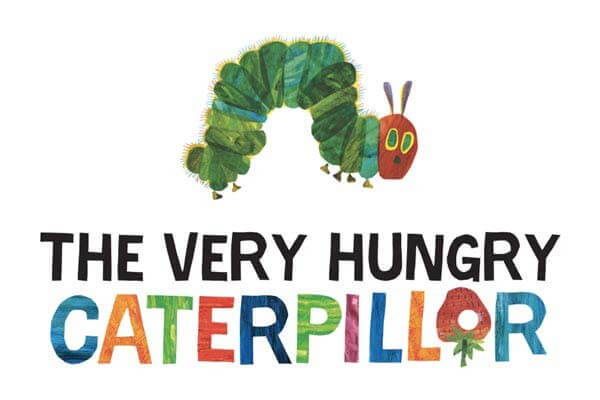
.jpg)


ulva-Logo.jpg)




.jpeg)

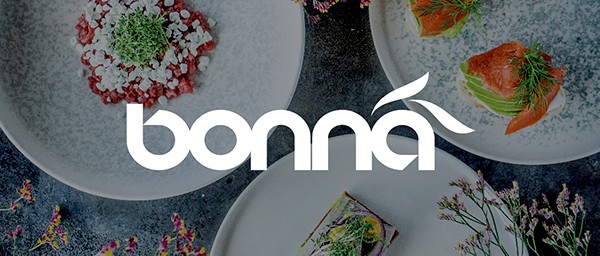

.png)
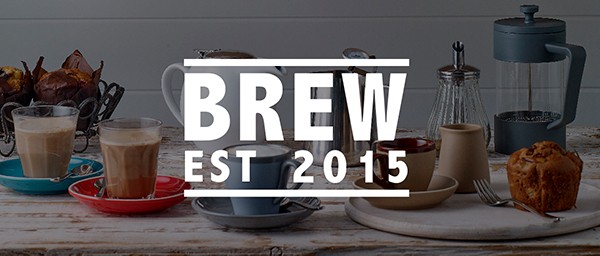


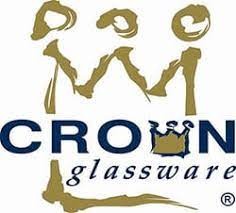
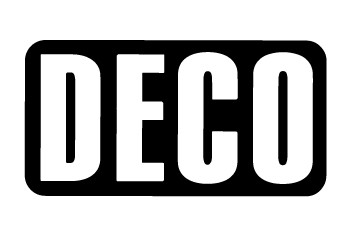
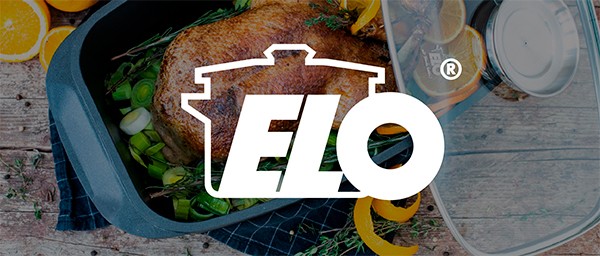

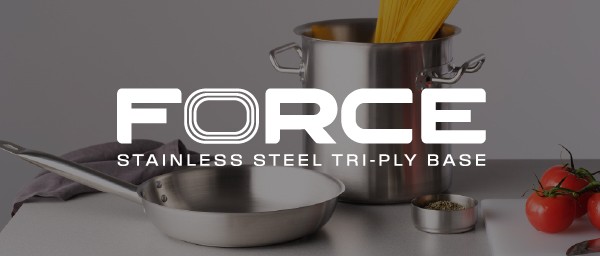
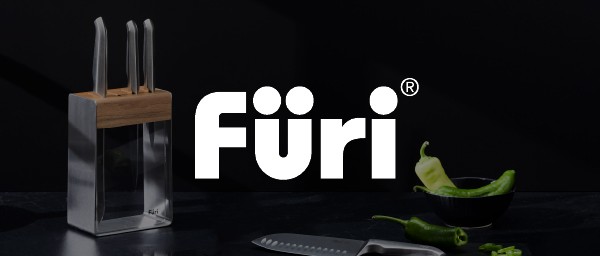

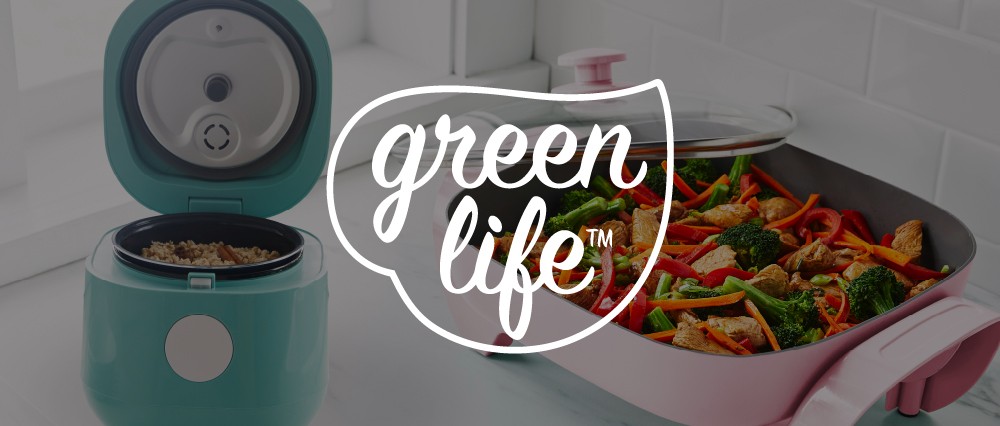
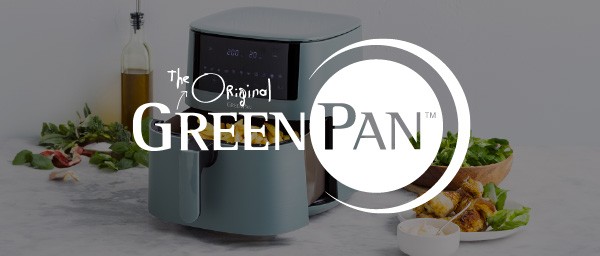
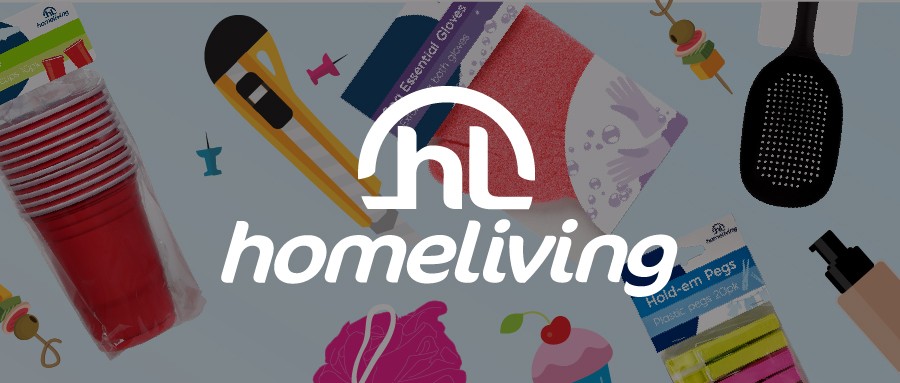

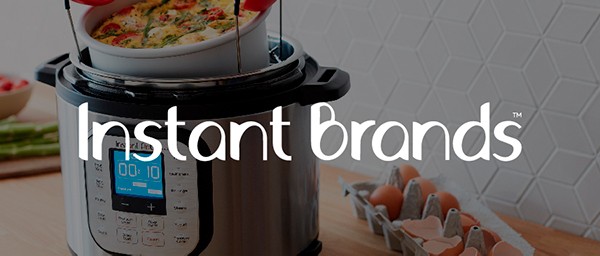
.png)
